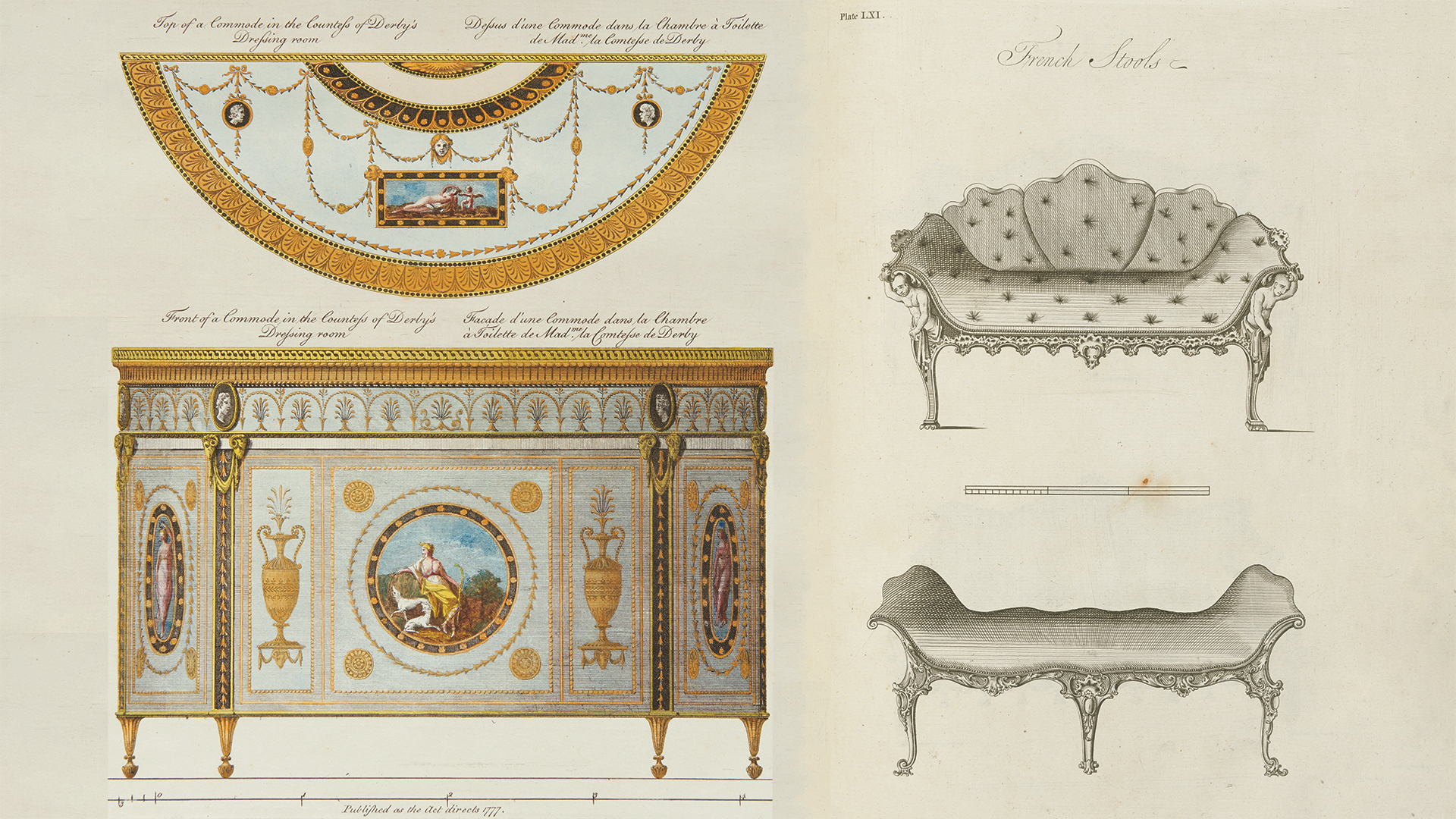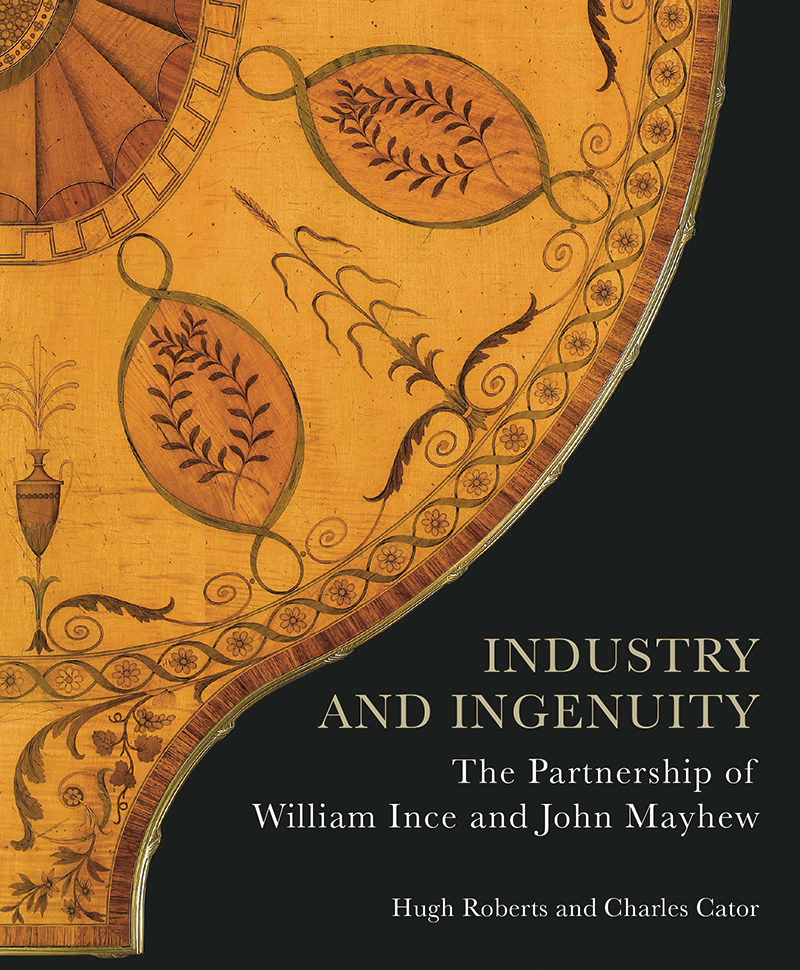The partnership of William Ince and John Mayhew ran from 1758 to 1804 and was one of the most enduring and well-connected collaborations in Georgian London’s tight-knit cabinet making community. Although the partners’ clientele was larger and arguably their work was more influential over a longer period of time than that of leading and highly celebrated metropolitan furniture makers – such as Thomas Chippendale – very little is known about the firm’s considerable output, or its impressive tally of important commissions.
Multiple advances have been made to better understanding Ince and Mayhew’s partnership, practices and commissions, including articles published by the authors on individual cabinet commissions (these have appeared in The Journal of the Furniture History Society). In our book we not only build on this research by further extensive investigation into bank archives, private family archives, deposits with country record offices and in saleroom records, but also aim to promote the reinstatement of these makers to their proper position in the pantheon of great and innovative English cabinet makers of the 18th century, detailing 97 commissions.
Both Ince and Mayhew were raised in the heart of the capital’s artisan quarters and the centre of the cabinet-making trade, Soho and Covent Garden, and were therefore extremely well placed to exploit their trade connections. Thus carvers, gilders, painters, upholsterers, brass founders and metal workers, as well as suppliers of timber, mirror glass, fabrics and upholstery materials, were all easily within the partners’ reach (and many of these within their employ at different times).
These circumstances enabled the partners to offer their clients a service which, in its range and thoroughness, anticipated the working practices of the larger 19th-century cabinet-making, furnishing and decorating companies, and certainly more than equalled the capabilities of the modern interior decorator. The partners’ working relationships with many leading architects, notably William Chambers and Robert Adam, were of significant value to their business. And unlike many of their competitors, for a substantial period of the partnership they enjoyed a considerable degree of financial independence.
This collaborative capital is most clearly seen in their cabinet creation in 1775 of the celebrated Kimbolton Cabinet (now in the Victoria and Albert Museum). Created to Robert Adam’s numerous and detailed designs for the Duchess of Manchester, it was inlaid with Florentine pietra dura plaques and with gilt-bronze mounts supplied by Matthew Boulton. It is a masterpiece of 18th-century design.
Your support changes lives. Find out how you can help us help more people by signing up for a subscription










